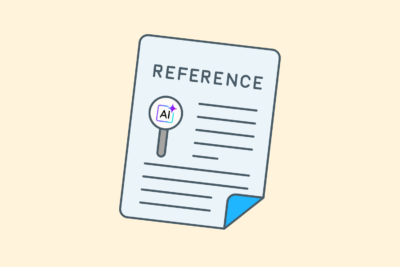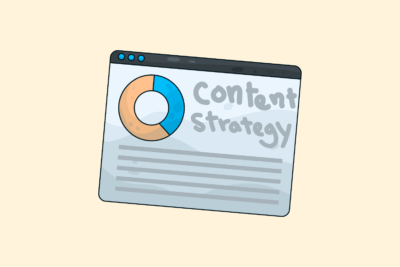How Claude from Anthropic selects and processes content

The rise of AI search engines is changing the way content is read and reused. One of the most advanced models at the moment is Claude, developed by Anthropic. Claude stands out for its focus on security, nuance and ability to process vast amounts of text at once. But how does Claude select which content is usable and what does that mean for how I write content?
What is Claude?
Claude is a conversational AI developed by Anthropic. The latest models (Claude Opus 3, Haiku 3.5, Sonnet 4 and Opus 4) can process more than 200,000 tokens at once. That’s complete books of text. Claude is used in environments such as claude.ai, Slack and Notion AI. The AI is praised for its ability to provide nuanced, in-depth answers while maintaining context.
For me as an SEO specialist, Claude is interesting because the model not only generates answers, but does so based on content that is interpreted as reliable, clear and relevant.
This requires a focused approach in content creation.
How Claude selects content
Claude does not work based on classical search algorithms, like Google Search. The model does not crawl the Web live, but is trained on large amounts of text and can also analyze documents uploaded or linked by users.
When Claude answers a question, it uses:
- His training dates (information up to a certain cut off)
- Entered context (such as a supplied document)
- Live linked resources (via APIs or tool integrations)
This means that content is included only if:
- It is part of the model’s training data, either
- It is fed directly to Claude (via a document, prompt or URL), AND
- The content is strong enough to serve as a response
What does Claude pay attention to in content processing?
I see some clear patterns in test cases. Claude values:
1. Information density while maintaining nuance
Claude values depth of content. Pages that consist only of superficial explanations or standard definitions are ignored. Therefore, make sure your content has enough depth: practical examples, context, scenarios, pros and cons.
At the same time, Claude seeks balance: the model ignores texts that are too long-winded or difficult to follow. Short, substantively powerful paragraphs work best.
2. Logical structure
Good structure is essential. I always work with clear intermediate headings, chronological structure and clear transitions. Claude “reads” the text from top to bottom as a human would. Therefore, the structure must be correct.
Questions as interjections are extra effective. They form anchor points for Claude to highlight or paraphrase specific answers.
3. Understandable, natural language
Claude is trained on human language. Content that sounds unnatural or is written overtly for search engines is more likely to be excluded. So I always write as I speak: direct, clear and without unnecessary embellishment.
Claude values consistent language and source referencing. I mention whenever possible that the content comes from me as a specialist, and refer to additional sources or previous pages as context. This is how I build my position as a trusted source. This helps Claude assess relevance.
5. Long contexts: complete answers by section
Because Claude can handle large amounts of text at once, I take advantage of that by building each section as a self-contained block. Each headline has a question or clear focus, and the answer to it is complete: not single sentences, but a completed story within 300 to 500 words.
Aan de slag met SEO? Neem gerust contact op.

How I optimize content for Claude
Optimizing for Claude differs from optimizing for Google or ChatGPT in a number of ways:
- I use longer, deeper sections with clear focus
- I avoid too many short answers or loose definitions
- I include concrete practical information that is not easily found elsewhere
- I write content that feels logical to both people and models
Where Google looks for backlinks and engagement, and ChatGPT looks for training recognition, Claude looks for content reliability within long, logically constructed text chains.
Old content also plays a role, as long as it is well written and logically fits within the topic.
What does Claude mean for your content strategy?
When I write content with Claude in mind, I do it not just to rank, but to be understood and to be cited as a resource. The goal is not to generate clicks, but to provide answers.
That requires a different mindset:
- Write not for ranking, but for explainability
- Focus not on keywords, but on questions and connections
- Optimize not for bots, but for readers, of which AI is also one
Summary
Claude shows how language models analyze content in a way closer to human reading than ever before. By understanding how Claude selects and processes, I can build content smarter. I ensure that that content remains visible, even in a future where AI becomes the primary source of information.
Want to know if your content is right for Claude? Or would you like to see together how to integrate this approach into your existing strategy? Feel free to send me a message. I’d love to help you further.






